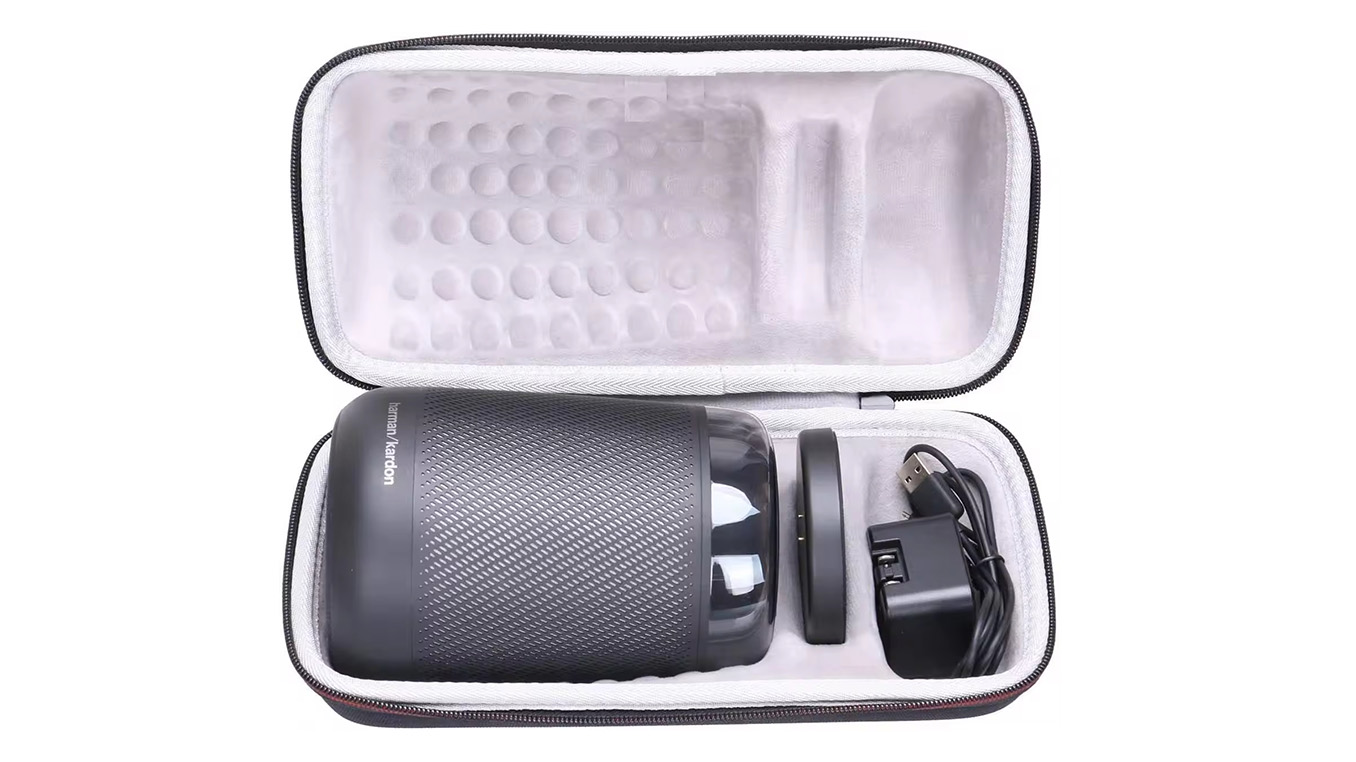

Guangzhou World Leather City in the anti-counterfeiting storm
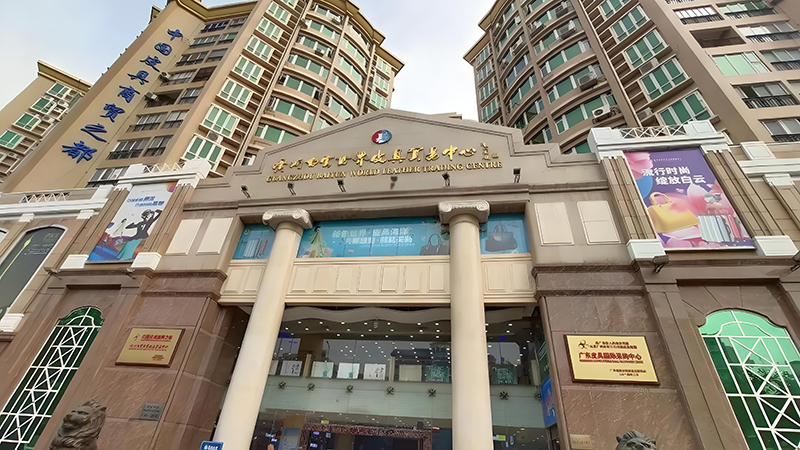
3,000 CNY for goods sold for 20,000 CNY, big brand showrooms "closed doors for business", one-stop sales of forged bills...
Recently, an investigative report by CCTV Finance revealed the fake purchasing industry chain around Guangzhou Railway Station. According to reports, from soliciting customers, counterfeiting, selling counterfeit goods, packaging, documents, logistics, each link has corresponding merchants calculating, these merchants claim that the counterfeit goods are purchased by the factory and then disassembled one-to-one, and the counter "saleswoman" can't tell the real from the fake.
With the huge high-imitation industry chain being displayed under the spotlight, a major cleanup is inevitable.
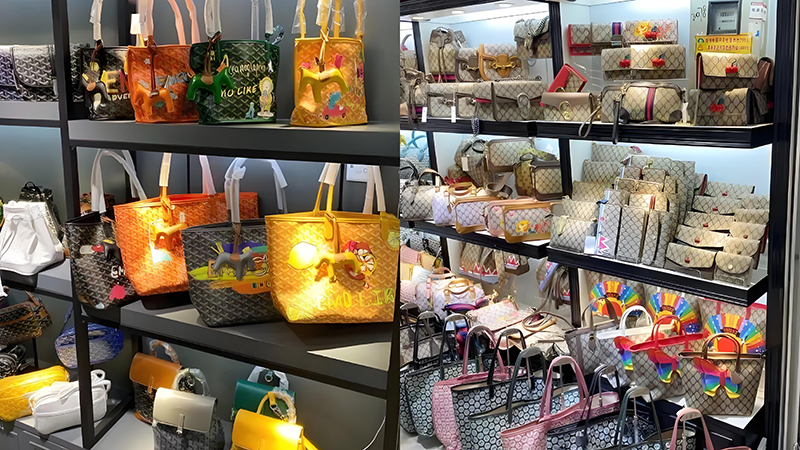
According to media reports, on June 16, in response to the problem of "high-end counterfeit goods" being sold in the areas around Guangzhou Railway Station, multiple departments in Guangzhou jointly established a special rectification joint working group to comprehensively investigate the Jinbao Market, Jindu Market, Southern International Watch City, Sanyi Watch City, Yima Clothing Plaza, Baiyun International Leather Goods Trade Center, Guihuagang Business District and other areas around Guangzhou Railway Station. A total of 17 cases were filed for investigation, and about 7,600 leather goods, clothing, shoes and hats suspected of infringing on the exclusive rights of registered trademarks such as "Hermès", "Dior", "LV" and "GUCCI" were seized.
During the special rectification period, Jiupai Finance reporters visited the markets around Guangzhou Railway Station and found that after this large-scale inspection, the business districts have undergone considerable changes. Unlike the bustling scene of the past, the main road of the Southern International Watch City on the west side can be seen with closed gates everywhere, and only a few shops are sandwiched in between with sporadic lights.
"The problem of high-end imitation of luxury goods in Guangzhou has existed for many years. Although the rectification this time is unprecedented, it is like a cat catching a mouse. There is no end to the mice. The high-end imitation leather goods ecosystem has already taken shape. It is difficult to eradicate it all at once by checking and closing stores." A leather goods merchant told reporters.
The reporter learned that in the early days, due to the flow and gathering of foreign population, Guangzhou Railway Station took over the leather goods sales links in the surrounding areas, and even developed into a "World Leather City" with many brands; but in recent years, the profits of factories processing materials have become increasingly slim, and with the rise of overseas purchasing, many leather goods manufacturers have set their sights on the huge profits behind high-end imitations and chosen to take risks.
The anti-counterfeiting storm is coming, and Guangzhou's anti-counterfeiting efforts and determination are unprecedented. How should the former "World Leather City" draw a clear line with high-end imitations and regain its position?
1,Large-scale store closures and trials in the cracks
As the rectification efforts deepen, leather goods merchants with Guangzhou Railway Station as the center are on high alert.
On the day when the reporter visited the Southern International Watch City, many closed shops were hung with bright red banners saying "Fakes are rampant, causing great harm, resolutely resist and eliminate them from the source". Not far away, a loudspeaker could be heard loudly announcing: Don't trust touts, don't buy counterfeit goods. A watch repair merchant opposite the mall told reporters that on the evening of the 15th, the relevant departments came to check, and most vendors had no time to react before their shops were closed. No one expected that this whirlwind search would come so quickly.
As they spoke, the mall manager was leading a team of workers to bind the prepared banners on the north gate of the mall. The banners read "Crack down on counterfeiting and selling counterfeit goods, and give consumers a real market environment." The shop owners across the street watched the binding process silently, whispering to each other from time to time. At present, the entire trade city covered by the west of the station must be inspected and rectified.
The Guangzhou Baiyun World Leather Goods Trade Center, located east of the railway station, is also in a state of panic. The "touts" who were originally clustered on the street are nowhere to be seen. Only when you are close to the entrance of the mall can you hear the shouts of "Do you want to see a bag?", but they are soon interrupted by the reminders of the people next to you: "You are so brave, you dare to solicit customers outside."
But some people are still trying to find out in the cracks. When they step into the leather goods city, only a few shops are closed. Many foreigners can still see goods on display in the shops while they are carrying their luggage. Most shop owners are particularly vigilant about the "fake" demands raised by customers. Some need to verify their circle of friends to confirm that they are not government workers or media reporters before further communication. However, there are also fearless shop owners who take the initiative to throw out an "olive branch" when reporters pass by and say: "Want to buy a bag? High imitation, spot goods." After receiving a positive answer, they will pull the customer to the surrounding residential areas. The storefronts in these houses are usually guarded by special people, and can only be found through the introduction of "touts".
As shown in the pictures in the CCTV undercover report, the commercial houses around Baiyun Leather City are the bigger business field for high imitation fakes.
As early as 2018, the media exposed the fake goods industry chain hidden in Guihuagang Community. Selling goods, packaging, logistics, fake overseas documents... The entire industry chain is complete, the threshold is low, and the process is "convenient" to be astonishing. With only 30 yuan to buy a set of "branded packaging" including warranty cards, receipts, etc., you can turn high-imitation goods that are only one-tenth the price of genuine goods into "genuine goods from overseas counters." Among them, "off-site online" is one of the most confusing evidences of fake purchasing. By creating fake logistics information from Hong Kong, Europe and the United States, and simulating overseas purchasing and delivery, ordinary consumers find it difficult to distinguish between the real and the fake, and such a set of "overseas delivery" customization only costs 7 yuan.
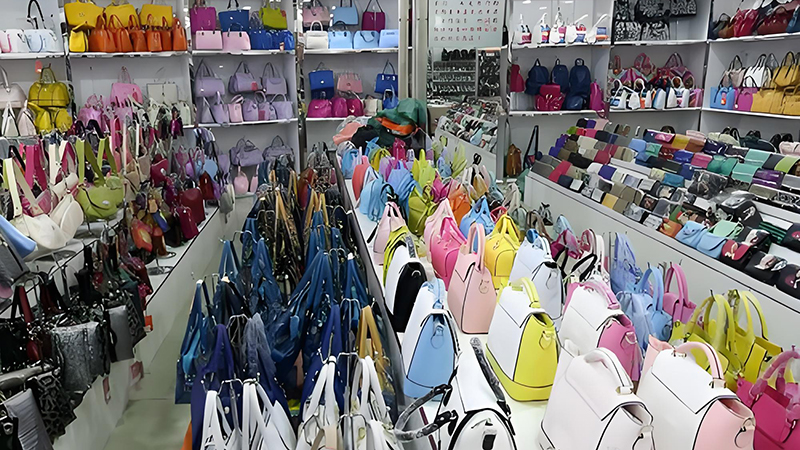
2, The shadow behind the World Leather City
In the repeated exposure and exposure, this place seems to have become an open secret as a gathering place for high-imitation leather goods. "With media reports every year, more and more people know that this is a counterfeit center, and people with demand will naturally come here, and black and red are also red." The owner of a fruit shop on one side of the leather goods city commented on the "fame" of Baiyun counterfeits.
But contrary to what the fruit shop owner said, the early Sanyuanli leather goods business district did not follow the black and red route.
After 1978, Shiling Town in Guangzhou took over the global transfer of leather and leather goods manufacturing from Europe and the United States, and turned to processing business, and a large number of leather workshops sprang up like mushrooms after rain. Ziyuangang, located near Guangzhou Railway Station, became the main sales market for Shiling leather goods merchants in the early days due to its high density of people and convenient transportation.
In the late 1980s, the street stalls in Ziyuangang were prosperous and gradually upgraded. The scaffolding shops replaced the street stalls, and the business model also changed from retail to wholesale. In 1995, Ziyuangang ushered in the establishment of the first Sino-Australian leather goods mall, marking the initial formation of the leather goods wholesale market in the region.
With the increasing popularity of leather goods business and the promotion of agglomeration effect, large-scale well-known leather goods merchants from outside the province moved in in batches. By 2013, there were 34 professional markets in the Sanyuanli leather goods business district in Baiyun District, with more than 12,000 business operators, and the total tax paid for luggage products alone reached 180 million yuan.
The phrase "Sanyuanli in China, the leather goods city in the world" has become the declaration of the Sanyuanli leather goods business district to go international. However, at a time when the merchants settled in and consumer demand exploded, the lucrative business of high-end imitation leather goods is also growing in the shadows.
Tiger Nu is a luggage brand in Huadu, Guangzhou, which has been besieged by imitations for a long time. Qian Zhenyou, the general manager of the company, revealed in an interview with Jiupai Finance that in 2022, the company found that some customers commissioned other factories to imitate and sell at low prices after purchasing products without authorization. Although the company reported to the regulatory authorities, the official response was that since the brand logo was not printed on the product, it could not be identified as an infringement.
In fact, the game between rights defenders and counterfeiters is more like a cat-and-mouse game, and the latter has summed up the experience of "skirting the edge" and "escaping" in these battles. At the mall stalls, the brand logo of almost every product has been artificially changed, either by changing the spelling or directly removing one of the letters. For example, the Gucci logo, the capital letter G on the original LOGO, was slightly changed to C.
Some merchants even use paint to paint the trademark or directly remove the logo. "The advantage of doing this is to avoid supervision and skirt the edge. Customers who know the business can directly judge the workmanship based on the stall products. Once the two parties reach a cooperation intention, they will go to the surrounding residential buildings together, where the merchants will display the imitations with the authentic LOGO printed on them." A consumer who has purchased high-end imitation luxury goods told reporters.
Qian Zhenyou also expressed helplessness. The appearance of most imitations is almost the same as the authentic ones, but they cannot be identified as infringement just because they lack brand logos. He further explained: "We cannot monitor the moment when the counterfeit products are affixed with brand logos. Once the other party notices it, they will quickly move the production location and find other factories to continue to produce low-quality counterfeit products. Even if we find counterfeit products, it is difficult to take effective measures."
3, Brand transformation is the way out
In addition to the difficulties of consumers and manufacturers in identifying and reporting, high-quality counterfeit leather goods are also destroying the leather goods industry ecology in Guangzhou.
Compared with overseas luxury brands that have established stable brand recognition, counterfeit products have a greater impact on domestic independent brands. Since most consumers only identify products by brand logos, once they buy a product of poor quality, they are likely to think it is a brand problem rather than suspecting that they have bought a fake.
The flooding of the counterfeit market may lead to a decline in the quality of the entire industry environment. Guangzhou's leather goods industry is mainly based on factories, and these factories focus more on output rather than quality. Output is the key to maintaining factory operations. Faced with high-volume low-quality orders, even high-quality small-batch orders appear to lack competitiveness.
In this regard, Qian Zhenyou emphasized: "If the market is full of low-priced imitations, factories will tend to produce products that are easy to sell and low-cost. This will squeeze independent brands that pursue high quality to find suitable suppliers and factories, and invisibly increase costs. In the long run, the development of independent brands will be seriously affected, forming a phenomenon of bad money driving out good money."
The relevant departments in Guangzhou are not unaware of this. As early as around 2004, the Baiyun District Government of Guangzhou City used the Guangzhou Baiyun World Leather Goods Trade Center as the core to create a standardized market and carry out rectification and transformation of the business environment. The owners of 16 leather markets in Ziyuangang area of Baiyun District signed an agreement with relevant departments not to sell counterfeit and shoddy products.
However, over the years, the problem of selling counterfeit products has been repeatedly banned. Qian Zhenyou believes that although luxury imitations are divided into different grades, the general cost is between 300-500 yuan, and the highest will not exceed 1,000 yuan. However, if they are sold as high imitations or even genuine products, the price can range from 1,000 yuan to 10,000 yuan. "The huge price difference between genuine and fake products means that this is a sure win business. From the consumer side, no matter how the times change, there will always be people who pursue luxury goods but cannot afford genuine products, so the high-imitation market will not disappear completely." Qian Zhenyou said.
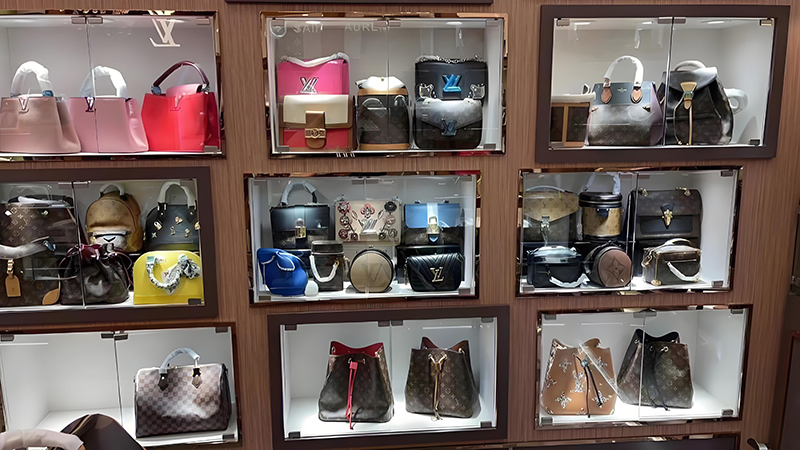
But on the other hand, the change in domestic consumption trends in recent years has also brought opportunities. Young people no longer follow the trend to pursue luxury goods, but are more concerned about cost-effectiveness and personalization.
Qian Zhenyou has observed genuine products at overseas luxury counters. In his opinion, although the raw materials may be slightly inferior, the domestic top 1:1 high-imitation products sometimes even surpass the genuine products in terms of handcraft quality. "The Chinese are fully capable of making luxury goods that surpass the originals."
But it is not easy to build a brand. Unlike the production of fakes, which has a market, brand building requires the development of new markets. If you are not careful, it may lead to double losses for the brand and the factory. "Although this road is not easy to take, if you don't want to be eliminated by the market or keep making imitations, you always have to take this step." He said.
As a professional manufacturer focusing on the design, research and development, production and processing of EVA case, Chfine Case solemnly promises: We create each product with heart, are committed to becoming the source of winning your consumer reputation, and insist on quality first.
Recommend news
manufacturer of custom EVA cases
11/08/2025
Related information

11/08/2025
Industry News: Custom EVA Case Segment Gears Up for Innovation and Sustainability in 2025
manufacturer of custom EVA cases

11/08/2025
Industry News: Rising Momentum in the EVA Case Sector
manufacturer of custom EVA cases

11/07/2025
EVA CASE: Shaping the Future of Protection and Design
manufacturer of custom EVA cases

Contact Us
Contact: Roger Young
Tel: +86 13829257690
Email:sale@chfine.com
Address: 72#,Dongbao Road,Houjie Town,Dongguan,Guangdong,China.
JOIN TEAM
Be the first to get new knowledge
FOLLOW







Chfine(CN) | EVACAMARA CASE | RX packaging
COPYRIGHT @ 2022 ,Dongguan Chfine Luggages And Cases Co., Ltd. All rights reserved






